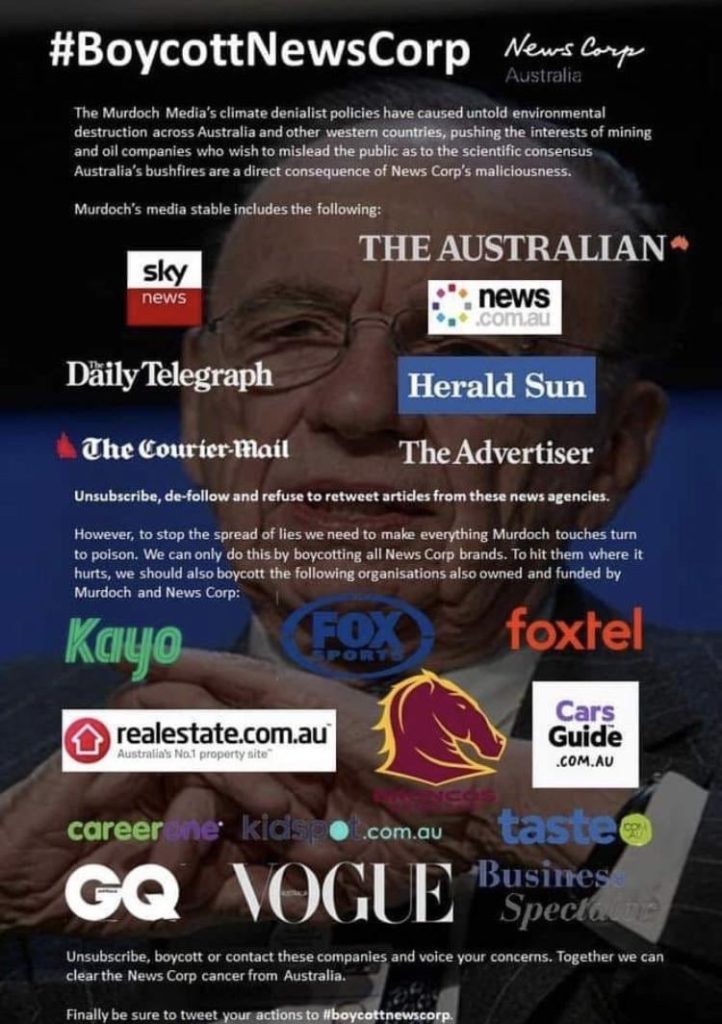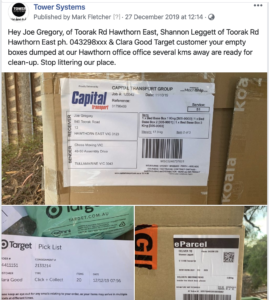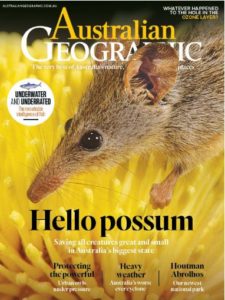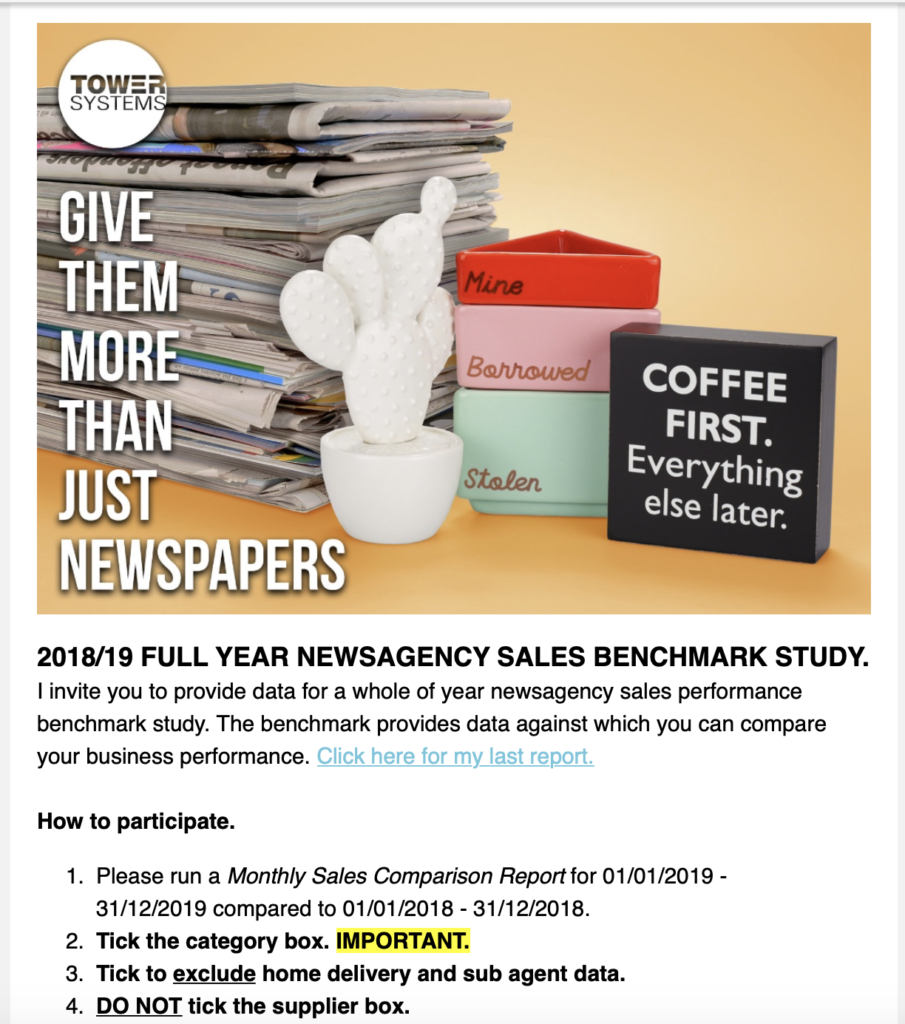The devastation wreaked on families, property, businesses and infrastructure across Australia, especially regional Australia, over the last week, and even before, has been extraordinary.
Watching and listening to the excellent comprehensive coverage on ABC TV and Radio I heard towns and smaller communities mentioned where I knew of businesses.
Through my POS software company, I have reached out to all customers with an offer of help. I have put the same offer to the newsXpress community. From help with an insurance claim, help restoring a backup to fast-tracking replacing hardware to establishing urgent alternative comms to be connected when the phone lines are down. Our people will help as much as possible.
I’ll also use connections with suppliers to help with inventory issues reported where appropriate.
None of this, of course, helps with the deep personal pain of the devastation. It is something though.
Getting help starts with a call or email. I have let our team know to prioritise fire related calls for help.
CLIMATE CHANGE.
While bushfire season is an annual ‘event’ in our country, what we are seeing, and experiencing, is recent weeks is different.
I accept the science, that climate change is real, human caused and that the earth is facing an urgent existential crisis.
I am tired of those who say now, during the bushfires, is not the time to discuss and confront this. They are, in my mind, ignorant fools. The politicians in this camp are worse, they are criminal in their neglect, especially since 2013.
I am tired of the politicians passing legislation for their mates and ignoring the needs of everyday Australians.
I am tired of those who say Australia is too small to make a difference. Such statements are ignorant and selfish.
We urgent action to reduce carbon emissions.
The bushfires will impact an already slowing economy. The best response is stimulus. The best stimulus in my view is cash in the hands of those who will spend it. In economic terms, this should be an urgent focus of the government. My November 11 post lists valuable and economically stimulating investments the government should consider.
If you are going to comment here denying climate change, don’t bother as you are wrong.
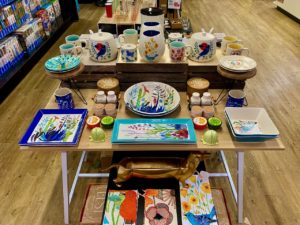 Homewares are proving to be a good fit in the transforming newsagency, from small single items to large sets to furniture. Given that we are known for homewares related magazines, taking the extra step with products is a natural move.
Homewares are proving to be a good fit in the transforming newsagency, from small single items to large sets to furniture. Given that we are known for homewares related magazines, taking the extra step with products is a natural move.
